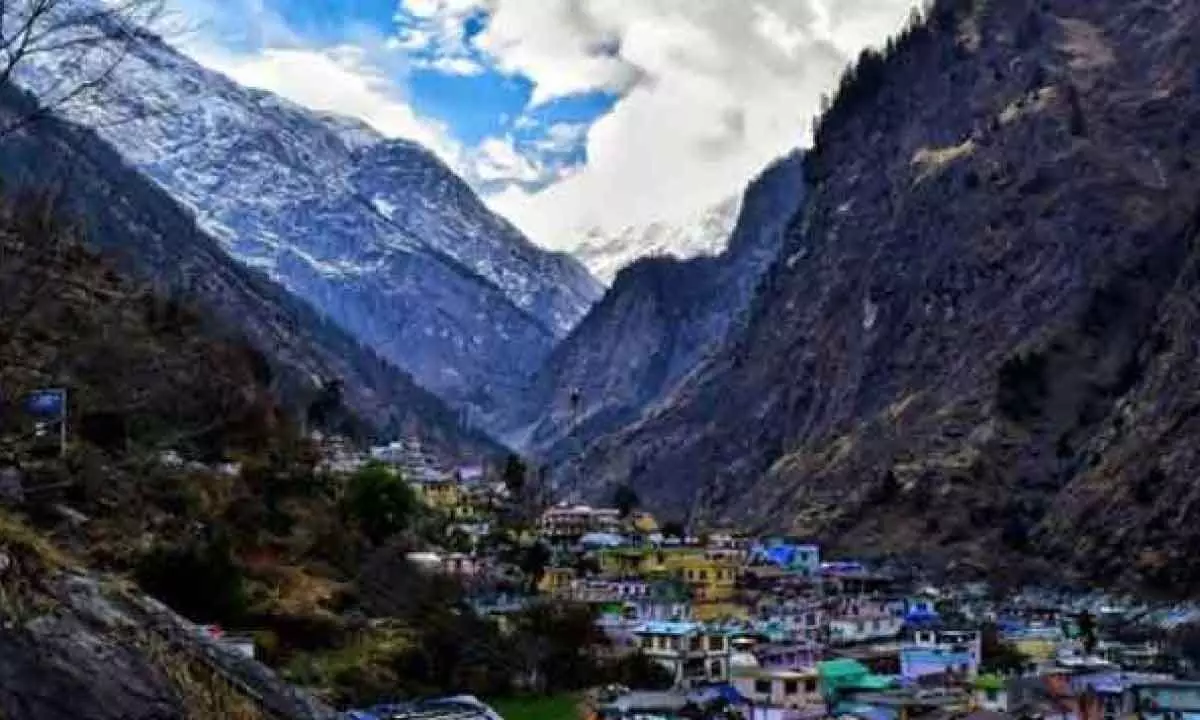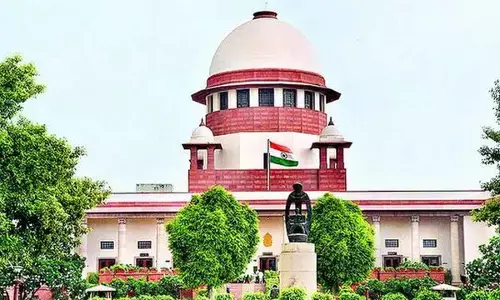SC seeks Centre's response on failure to assess bearing capacity of Himalayan region

Against the backdrop of the recent land cracking and sinking issues in Joshimath, a plea has been filed in the Supreme Court raising the failure of Centre and state governments in assessing the "carrying capacity or bearing capacity" of the ecological fragile Indian Himalayan region
New Delhi: Against the backdrop of the recent land cracking and sinking issues in Joshimath, a plea has been filed in the Supreme Court raising the failure of Centre and state governments in assessing the "carrying capacity or bearing capacity" of the ecological fragile Indian Himalayan region.
The plea claimed this region, which is spread across 13 states/Union Territories (UTs), is facing issues of unsustainable and hydrologically disastrous constructions - home stays, hotels, and commercial accommodations -- hydropower projects and unregulated tourism, which has allegedly collapsed the drainage and waste management system.
The plea filed by Ashok Kumar Raghav, which was argued by advocate Akash Vashishtha before a bench headed by Chief Justice of India D.Y. Chandrachud, said the governments -- in the Indian Himalayan Region, spread across 13 states/UTs --have failed in preparing and implementing the master plans/tourism plans/lay-out/area development/zonal plans, and also failed to the "carrying capacity or bearing capacity of ecologically fragile areas," which is home to nearly 50 million people.
The region includes: Uttarakhand, Himachal Pradesh, Jammu & Kashmir, Ladakh, West Bengal, Assam, Meghalaya, Manipur, Mizoram, Sikkim, Nagaland, Tripura and Arunachal Pradesh.
The plea said, "Carrying or bearing capacity of the ecologically fragile areas, hill stations, and highly visited areas in hills is necessary as the same would inter alia determine how much can a given place bear the load of human population or human intervention and the extent of infrastructure projects could be permitted, given its geological/tectonic/seismic position, water resources available, food, habitat, air quality and other resources."
It further added that due to non-existent carrying/bearing capacity studies, grave geological hazards in the form of landslides, land subsidence, land cracking and sinking issues such as that in Joshimath and previously as flash floods/glacial bursts in Kedarnath (2013) and Chamoli (2021), are being witnessed and serious ecological and environmental depredation is taking place in the hills.













